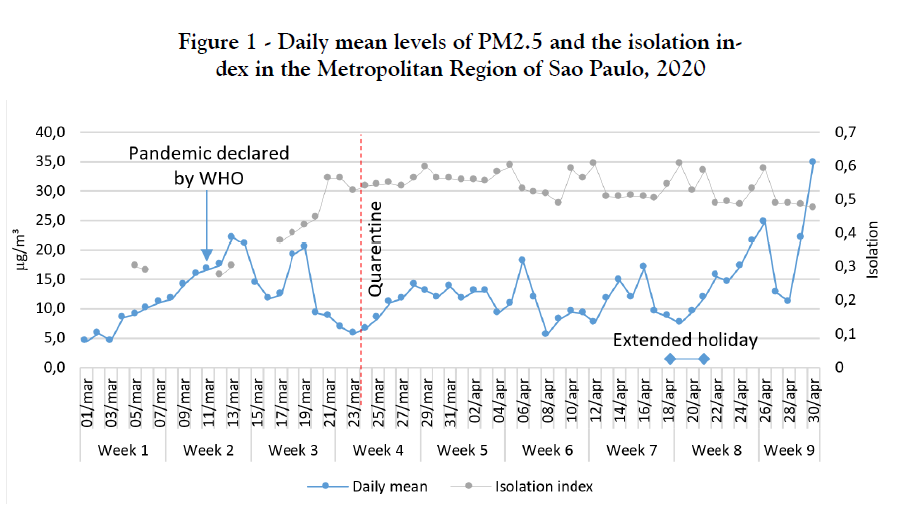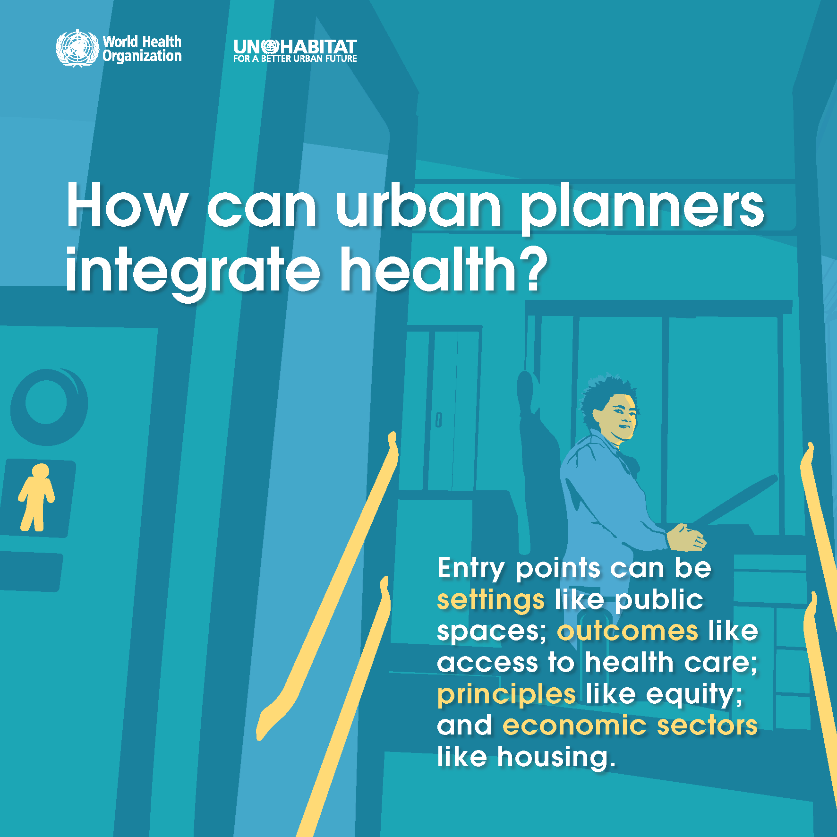Integrating urban planning and public health for an effective COVID-19 response
Posted on
July 7, 2020
By: Andrea Bolinaga and Katy Indvik
SALURBAL Project
The COVID-19 pandemic has highlighted the need for effective public health systems and policies. It is also an urgent call to reexamine the ways health is connected to urban environments, and to develop integrated responses across the public health and urban planning sectors. Population growth and increasing density, land use change and ecosystem disturbance as a result of urban expansion, inadequate infrastructure and sanitation – all of these factors can contribute to the emergence and the spread of disease. At the same time, housing conditions, population density, and precarious sanitary and transport infrastructure have challenged government capacity to control the spread of COVID-19.
The impacts of a virus like COVID-19 are not distributed equally throughout a city, and evidence continues to emerge connecting these disparities to race, ethnicity, gender, socio-economic status and other factors. The social and built environment characteristics of a city play a role in determining these differences, and therefore in determining vulnerability to COVID-19.
Air pollution is an important characteristic of the urban environment. Shutdowns of economic activity as a result of COVID-19 contributed to massive -though short-lived- improvements in air quality worldwide, with important health benefits. Paradoxically, long-term exposure to air pollution has been tied to increased severity of COVID-19 symptoms and mortality.

Source: The Guardian
In a recent publication, “Pandemics, cities and Public Health” published in the Revista Ambiente & Sociedade, SALURBAL researchers examined changes in air pollution in São Paulo, Brazil during the COVID-19 pandemic. The team found that in São Paulo, reduced economic activity and a reduction in vehicle circulation contributed to a reduction by over 10% in environmental PM2.5 (fine particulate matter) in April 2020 compared to previous years.

A growing body of evidence supports the link between long-term air pollution exposure and vulnerability to COVID-19. If confirmed, these connections will have important implications for cities with high air pollution levels like São Paulo. Local authorities can and should leverage a public health argument to guide urban planning processes to reduce air pollution.
What can cities do to address air pollution and reduce vulnerability?
- Adopt stricter legislation for the emission of pollutants
- Develop mechanisms to encourage the adoption of cleaner processes by industry
- Devise compact neighborhoods
- Enforce more sustainable transportation systems
- Promote transport such as cycling and walking
Integrating a public health and urban planning perspective is especially important to safeguarding the wellbeing of vulnerable populations. A new sourcebook recently published by the World Health Organization (WHO) explains why health needs to be a part of urban and territorial planning and strategies for urban planners.
Download the sourcebook here
